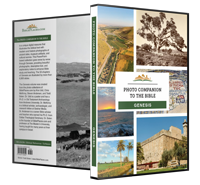They made war with Bera, king of Sodom (Genesis 14:2).
Bab edh-Dhra, located on the eastern side of the peninsula which divides the Dead Sea into two basins, is frequently suggested as a possible location of ancient Sodom.
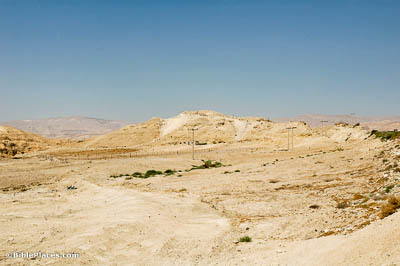
They made war with Bera, king of Sodom (Genesis 14:2).
Bab edh-Dhra, located on the eastern side of the peninsula which divides the Dead Sea into two basins, is frequently suggested as a possible location of ancient Sodom.
All these met together in the Valley of Siddim (that is, the Salt Sea) (Genesis 14:3).
The “Valley of Siddim” appears only in Genesis 14 (vv. 3, 8, 10). It is usually associated with the flat plain, south of the Dead Sea. Three observations support this identification: (1) it is near the site most probably identified with Zoar; (2) it was a place where there were tar pits (Gen 14:10), a phenomenon that does not fit with any region north of the Dead Sea; (3) the valleys or plains north of the Dead Sea all have other names that would have been more readily understood to the ancient reader (e.g., “the plains of Moab” [Num 22:1], or “the plains of Jericho” [Deut 34:3; Josh 4:13; Jer 39:5]).
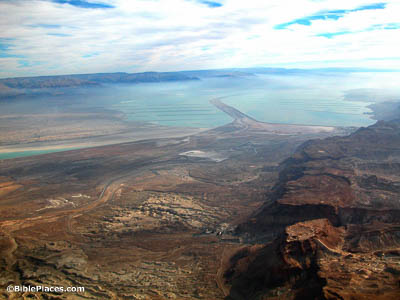
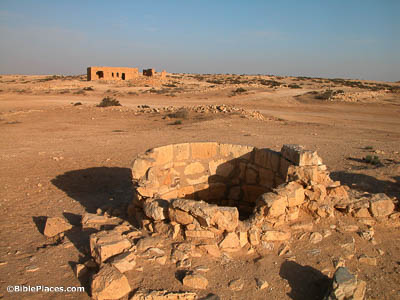
And they conquered all the country of the Amalekites (Genesis 14:7).
The Amalekites lived in the southern regions of Canaan. First Samuel 27:8 describes the Amalekites as living in the land of “Shur, even as far as the land of Egypt” (also 1 Sam 15:7). Also, Amalek fought with Israel at Rephidim (Exod 17:7), which seems to be near Mount Sinai and is usually connected with Wadi Feiran. The wide distribution of Amalek from the Beersheba basin to the Sinai Peninsula indicates that they were primarily nomadic people. The well shown in this photo is located at the desert city of Elusa, about 15 miles (24 km) south of Beersheba.
They took Lot, Abram’s nephew, who lived in Sodom (Genesis 14:12).
This section of the Standard of Ur depicts Babylonian victors and their captives. The captives are depicted naked, while the Babylonians are shown wearing clothing. Some of the prisoners are bound, some are depicted wounded (far left), and two are shown groveling on the ground. This artifact was photographed at the British Museum.

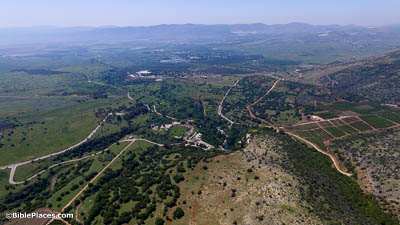
And they pursued them as far as Dan (Genesis 14:14).
Dan was the northernmost city in Israel during the Old Testament period. In Abram’s day, it was known as Laish (Judg 18:29). Some suggest that the reference to “Dan” in Genesis 14:14 is to a “Dan-jaan” on the King’s Highway, along what they assume was the return route of the victorious kings. However, it is not certain that the “Dan-jaan” of 2 Samuel 24:6 is indeed a different site than the city called “Dan” elsewhere in the Old Testament.
